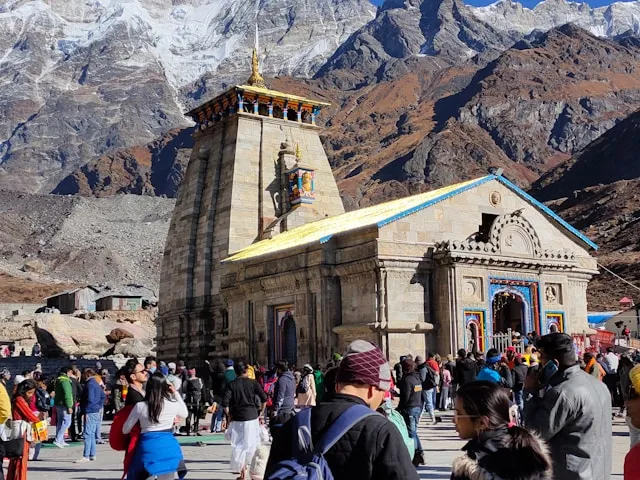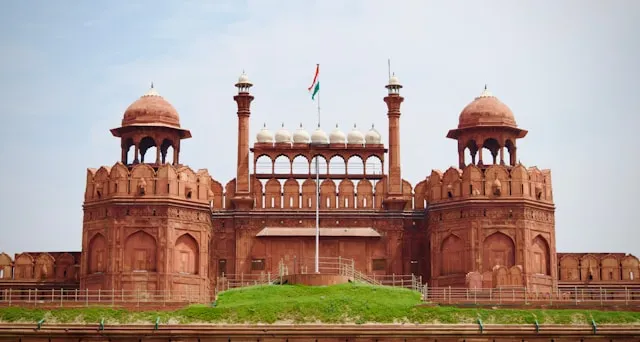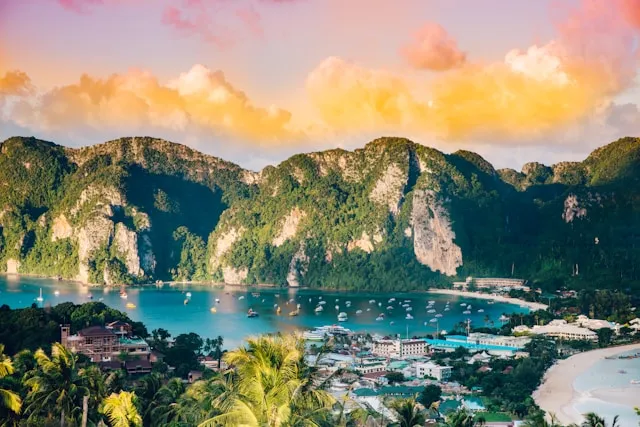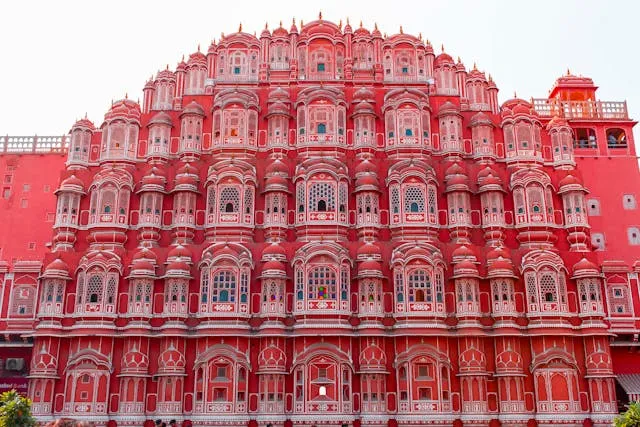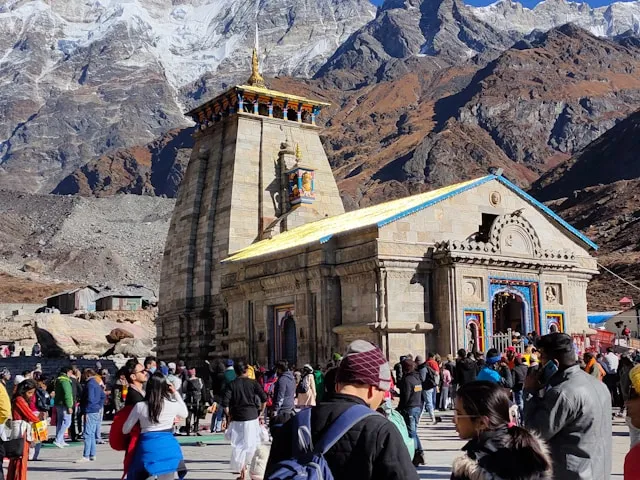North East India Tour Guide
North East India
About North East India Tour Guide
Destination Overview – North East India
North East India, a culturally vibrant and ecologically diverse region, consists of eight states: Arunachal Pradesh, Assam, Manipur, Meghalaya, Mizoram, Nagaland, Tripura, and Sikkim. Known as India’s hidden paradise, the region is famous for its snow-covered mountains, lush green valleys, spiritual monasteries, and tribal heritage.
From exploring UNESCO World Heritage Sites to experiencing local festivals, North East India offers a perfect blend of nature, culture, and adventure, making it an unforgettable destination for every kind of traveler.
Top Attractions & Places to Visit in North East India
Arunachal Pradesh:
Tawang Monastery, Ziro Valley, Sela Pass, Bum La Pass, Dirang Valley
Assam:
Kaziranga National Park, Majuli Island, Kamakhya Temple, Tea Gardens of Dibrugarh, Sualkuchi Silk Village
Meghalaya:
Cherrapunji, Mawsynram, Living Root Bridges, Shillong, Umiam Lake, Nohkalikai Falls
Sikkim:
Gangtok, Tsomgo Lake, Nathula Pass, Rumtek Monastery, Yumthang Valley
Nagaland:
Kohima, Hornbill Festival, Dzükou Valley, Khonoma Village
Manipur:
Loktak Lake, Imphal, Kangla Fort, Ima Keithel (Women’s Market)
Mizoram:
Aizawl, Reiek Tlang, Phawngpui National Park, Tam Dil Lake
Tripura:
Unakoti, Neermahal, Ujjayanta Palace, Sepahijala Wildlife Sanctuary
Festivals & Cultural Events
Hornbill Festival (Nagaland), Ziro Music Festival (Arunachal), Bihu (Assam), Chapchar Kut (Mizoram), Sangai Festival (Manipur), Saga Dawa (Sikkim)
Best Time to Visit North East India
Ideal Season: October to April – Clear skies and pleasant temperatures.
Peak Time: During local festivals like Hornbill, Bihu, and Ziro Music Festival.
Avoid: Heavy monsoon months (June to September) due to landslides and limited transport.
How to Reach North East India
Air:
Major airports: Guwahati (Assam), Imphal (Manipur), Bagdogra (Sikkim access), Dibrugarh, and Aizawl.
Rail:
Guwahati Railway Station is the main hub, with links to other North Eastern states.
Road:
Well-connected via national highways and state-run bus services. Taxis and shared cabs are available for intercity travel.
Local Transport:
Shared jeeps, taxis, auto-rickshaws, and local buses are commonly available. Bike rentals are popular in places like Sikkim and Meghalaya.
Accessibility for Differently-Abled Travelers
Accessibility varies by state. Major airports and hotels in cities like Guwahati, Shillong, and Gangtok offer facilities for differently-abled travelers. However, some remote or hilly locations may lack full access.
Things to Do & Experiences in North East India
Take a jeep safari in Kaziranga National Park to spot the one-horned rhinoceros.
Walk across the Living Root Bridges in Meghalaya.
Visit Buddhist monasteries like Tawang and Rumtek.
Cruise on the Brahmaputra River in Assam.
Explore tribal culture during the Hornbill Festival.
Take in panoramic views from Nathula Pass or Dzükou Valley.
Witness the unique Loktak Lake phumdis in Manipur.
Accommodation Options in North East India
From eco-lodges and homestays to mid-range hotels and luxury resorts, North East India offers diverse accommodations. Popular places to stay:
Vivanta by Taj – Guwahati
The Elgin Nor-Khill – Gangtok
The Loft – Shillong
Hotel Donyi Polo Ashok – Itanagar
Homestays in Ziro, Tawang, and Cherrapunji are great for local experiences.
Local Cuisine & Dining in North East India
Try regional delicacies like:
Assamese Thali, Khar, Masor Tenga
Momos, Thukpa, and Phagshapa in Sikkim
Jadoh, Dohneiiong, and Tungrymbai in Meghalaya
Bamboo Shoot Pork, Fish Tenga, and Rice Beer in various tribal regions
Vegetarian food is available in most cities. Local markets and street food stalls are a must-visit.
Travel Tips & Safety in North East India
Always carry a valid ID and Inner Line Permit (ILP) where applicable (e.g., Arunachal Pradesh, Nagaland, Mizoram).
Dress modestly, especially in tribal or religious areas.
Avoid travel after dark in remote areas.
Respect local customs and traditions.
Carry some cash—ATMs may be limited in remote locations.
Mobile connectivity may vary in higher altitude or rural areas.
Emergency Numbers:
Police – 100, Ambulance – 108, Tourist Helpline – 1363
Weather Details & Packing Suggestions
Winter (Oct–Feb): Pack woolens, especially for hill areas.
Summer (Mar–June): Light cottons; carry sunscreen and a hat.
Monsoon (July–Sep): Waterproof gear, umbrella, anti-leech socks (for treks).
Currency Exchange & Banking
ATMs are available in major cities and towns. Currency exchange facilities exist in Guwahati, Gangtok, Shillong, and airports. Digital payments are widely accepted in urban areas.
Connectivity & SIM Card Info
All major networks like Jio, Airtel, and VI function well in most parts. SIM cards available with ID proof. Internet access is good in cities, but limited in rural or border areas.
Itinerary Suggestions for North East India
3-Days (Short Trip):
Guwahati – Kaziranga – Majuli Island
5-Days:
Shillong – Cherrapunji – Mawlynnong – Dawki
7-Days:
Gangtok – Tsomgo Lake – Pelling – Ravangla
10+ Days:
Combine Arunachal Pradesh, Assam, and Meghalaya or explore Nagaland and Manipur during festivals.
Shopping & Souvenirs in North East India
Handwoven shawls, bamboo crafts, tribal jewelry, tea, organic spices, local honey, and handmade paper.
Best shopping spots: Guwahati markets, MG Road Gangtok, Police Bazaar Shillong, Kohima local bazaar
Cultural & Historical Background of North East India
The region has a rich tribal legacy and deep spiritual roots, influenced by Buddhism, Hinduism, Christianity, and Animism. Mentioned in ancient scriptures and history, the area has preserved its oral traditions, art forms, and languages, offering a window into India’s diverse identity.
Best Transport Options in North East India
Taxis, shared sumos, bike rentals, and interstate buses are the most common ways to travel. Walking is great for exploring towns like Shillong, Gangtok, and Ziro.
Nearest Railway Hubs
Guwahati (GHY) – The main gateway to the entire region
New Jalpaiguri (NJP) – Entry point for Sikkim
Dimapur, Imphal, and Silchar for regional access
FAQs About Visiting North East India
Do I need permits to visit North East India?
Yes, ILP (Inner Line Permit) is required for Arunachal Pradesh, Nagaland, Mizoram, and sometimes Manipur.
Is North East India safe for solo travelers?
Yes, it's generally safe. Locals are warm and helpful. Take standard precautions.
What languages are spoken?
Hindi, English, and regional languages like Assamese, Khasi, Mizo, and Bodo are spoken.
What’s the best way to get around?
Shared cabs, private taxis, and bike rentals are efficient. Plan in advance during peak season.
Is vegetarian food easily available?
Yes, especially in cities and tourist destinations.
Sustainability & Responsible Tourism in North East India
Respect local customs, avoid single-use plastics, support local artisans, and choose eco-friendly stays. Preserve the natural beauty by not littering and traveling responsibly.
Need a North East India Tour Guide Customized Itinerary?
Let us create your perfect North East India Tour Guide journey

Gallery
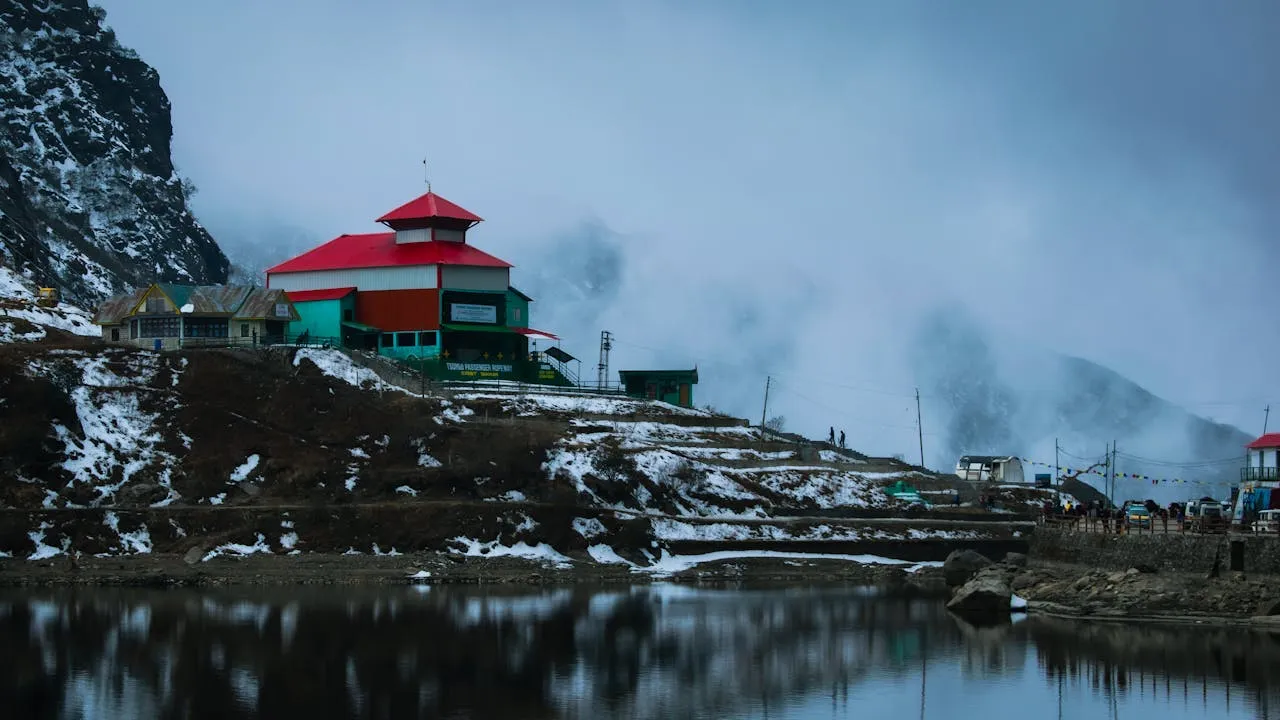
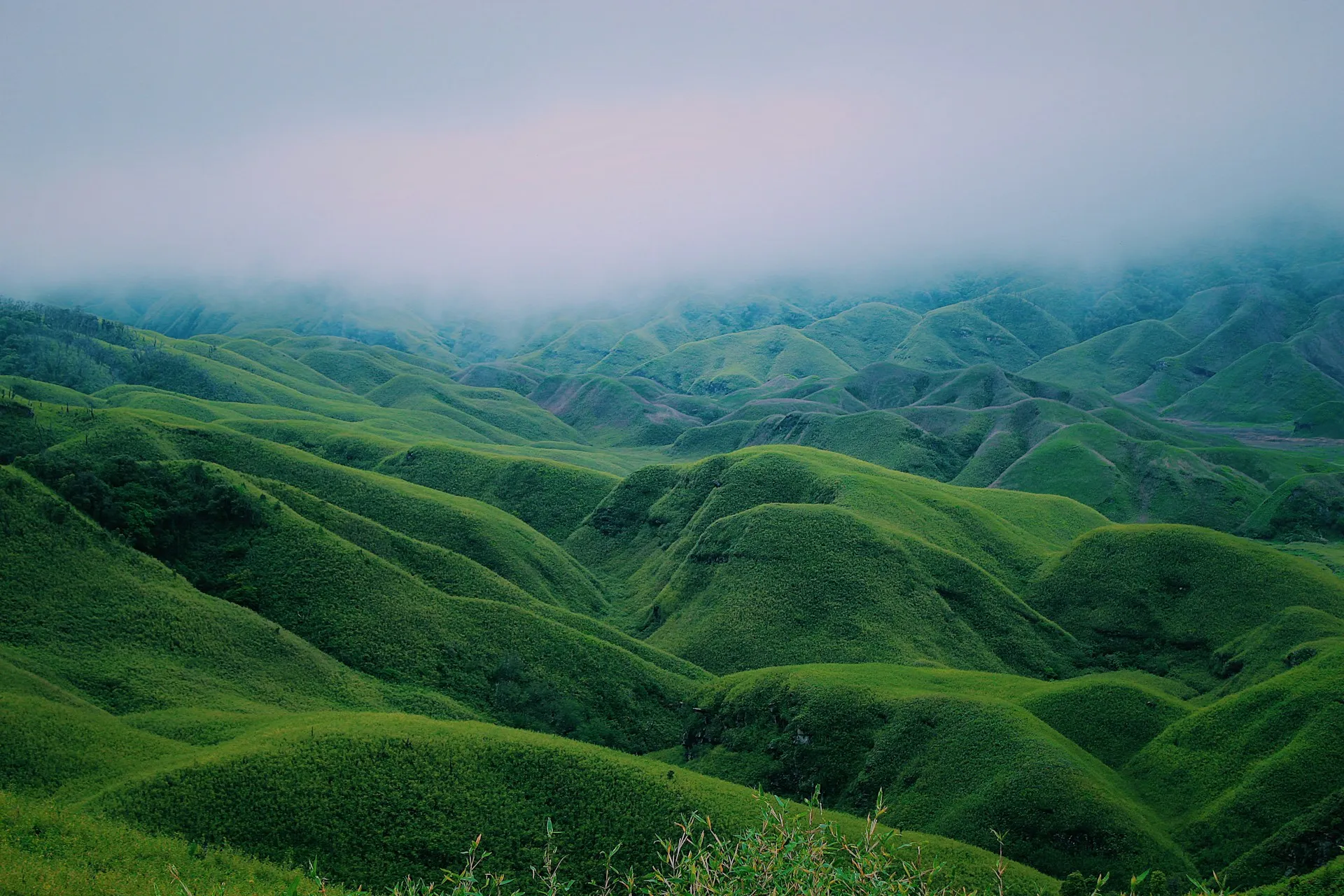
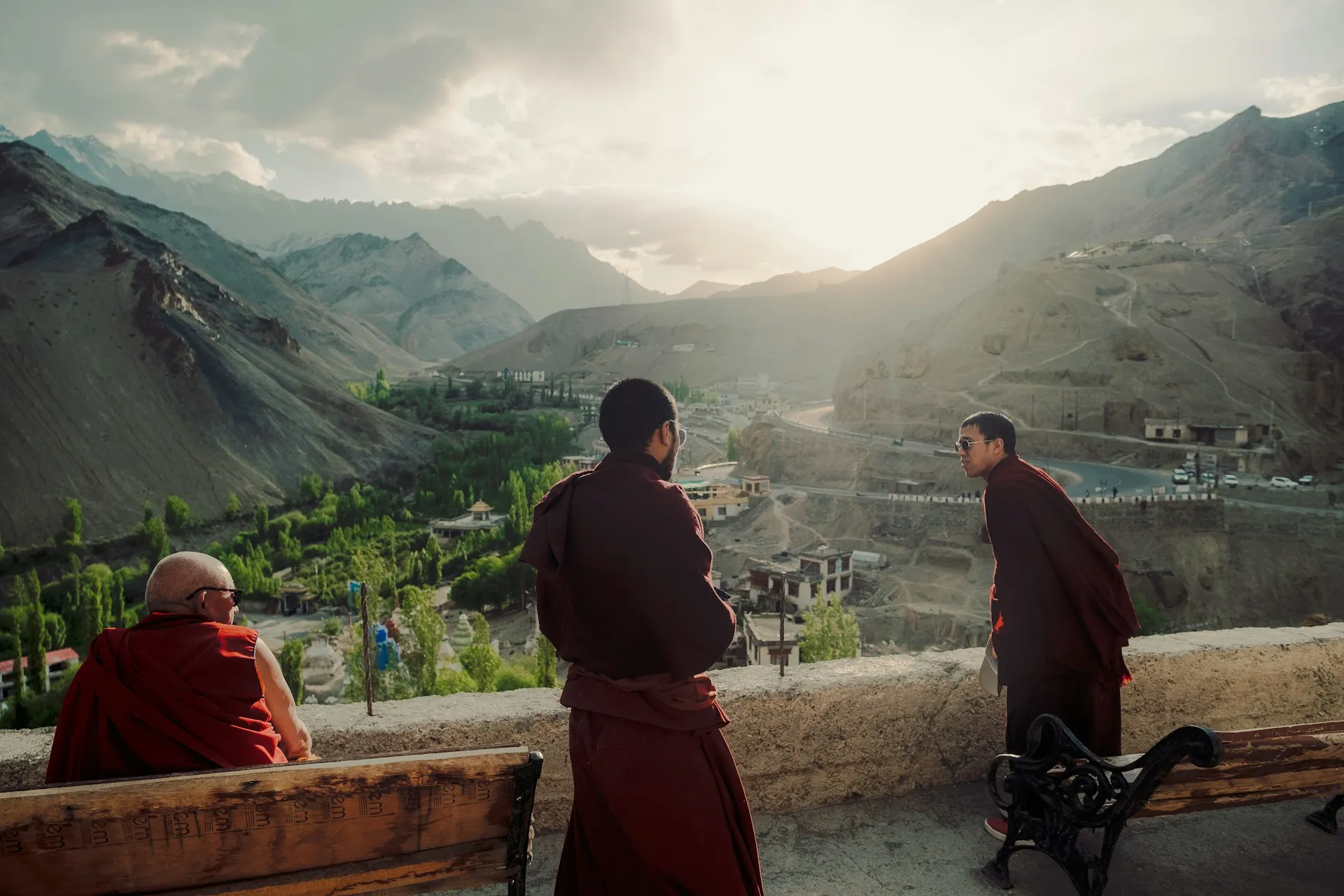
Weather
Location Map
North East India
Latest Blog Posts
Latest News: North East India Travel Guide – Top Places, Tips & Itinerary
What Our Travelers Say
Real experiences from our valued customers
"Tirupati Balaji was a divine experience. Every detail of the trip was expertly arranged, making the pilgrimage hassle-free."
Sarah Miller (Sydney, Australia)
"Visited the Ajmer Sharif Dargah. It was a wonderful, well-coordinated trip. Everything went according to plan."
Sophie Davis (Toronto, Canada)
"Traveling to Rishikesh for the Ganga Aarti was a life-changing experience. Everything was taken care of—such a peaceful trip."
Sonia Shah (Jaipur, India)
"Thank you for the smooth and seamless arrangements for our Amritsar trip. The Golden Temple is as magnificent as everyone says."
Arvind Kumar (Bangalore, India)
"My journey to Varanasi was transformative. Everything was arranged with care, and the experience left me in awe."
Sushmita Das (Kolkata, India)
"Nepal’s spiritual sites, especially Lumbini and Pashupatinath, were deeply enriching. The trip was organized effortlessly, and the serenity of the places left a lasting impact on me."


